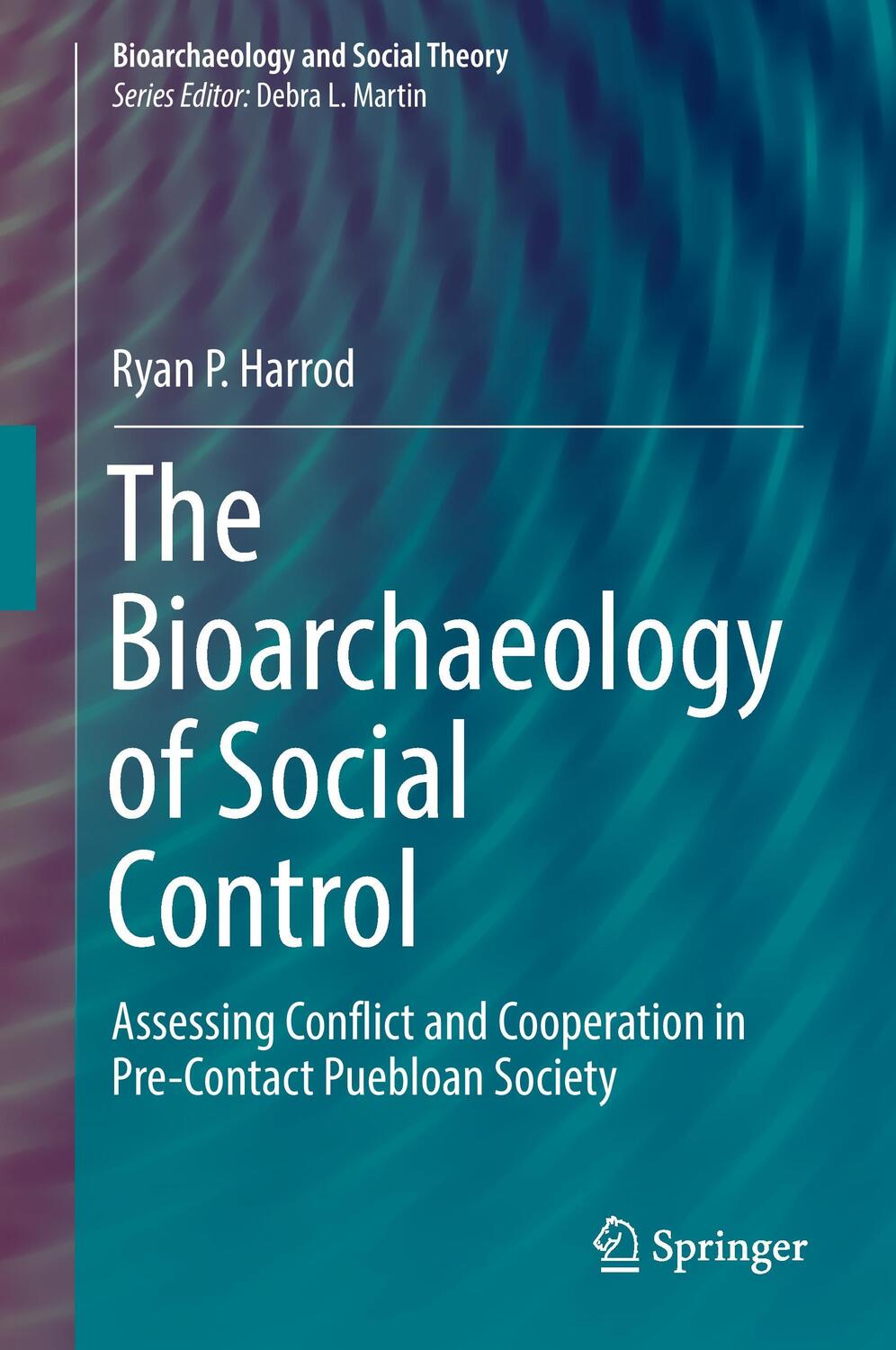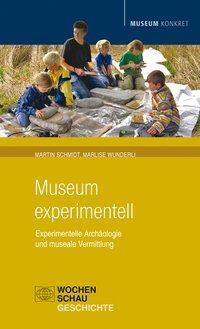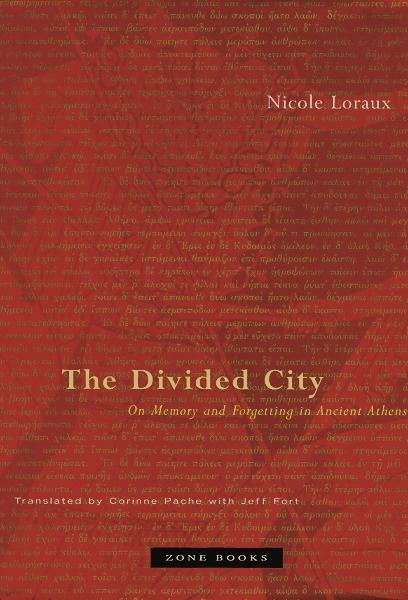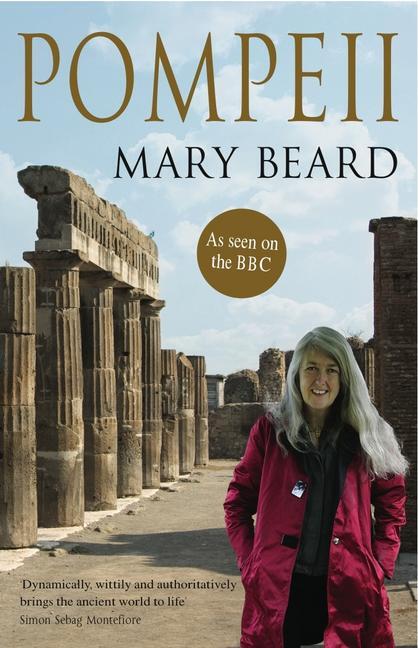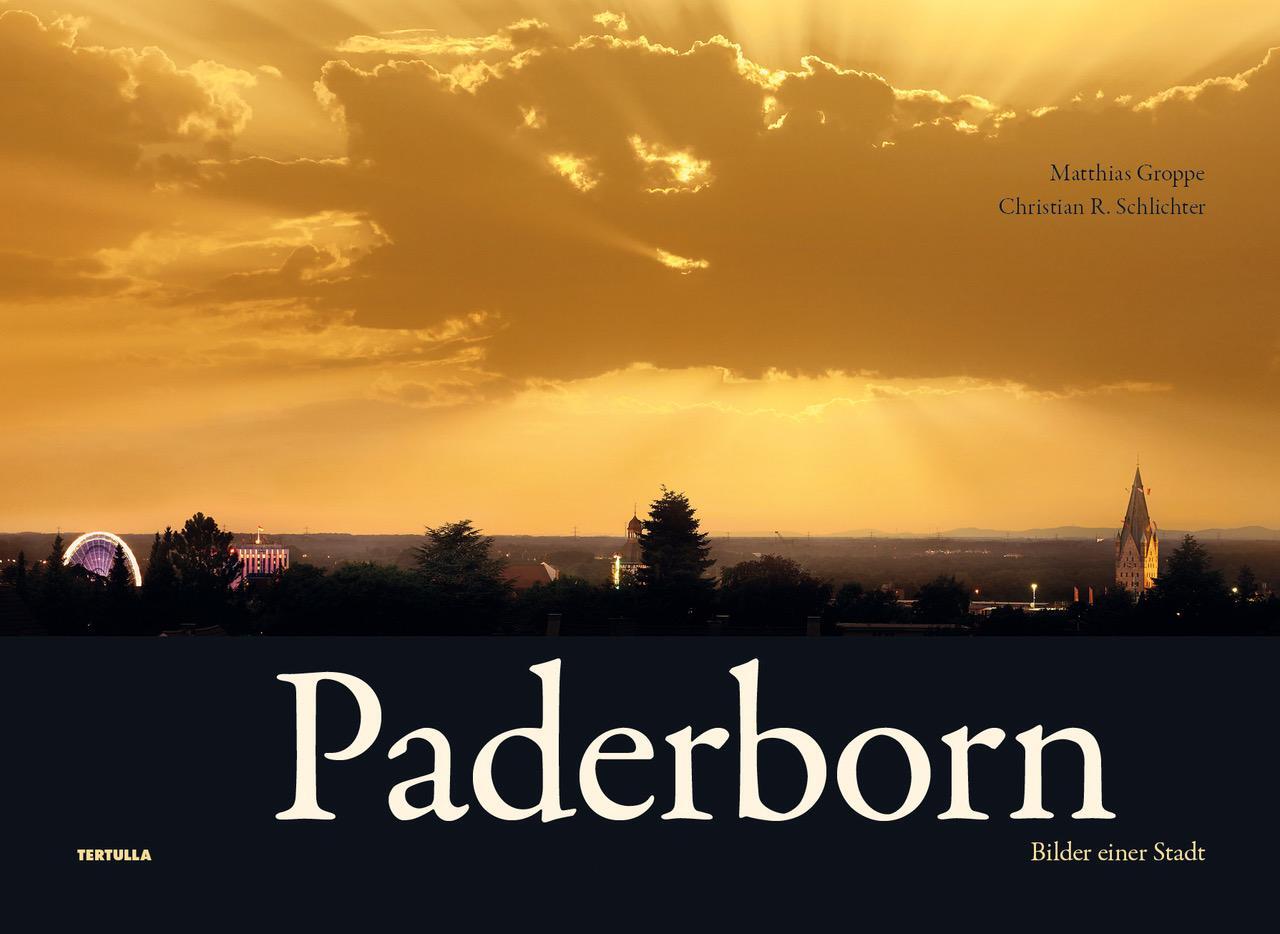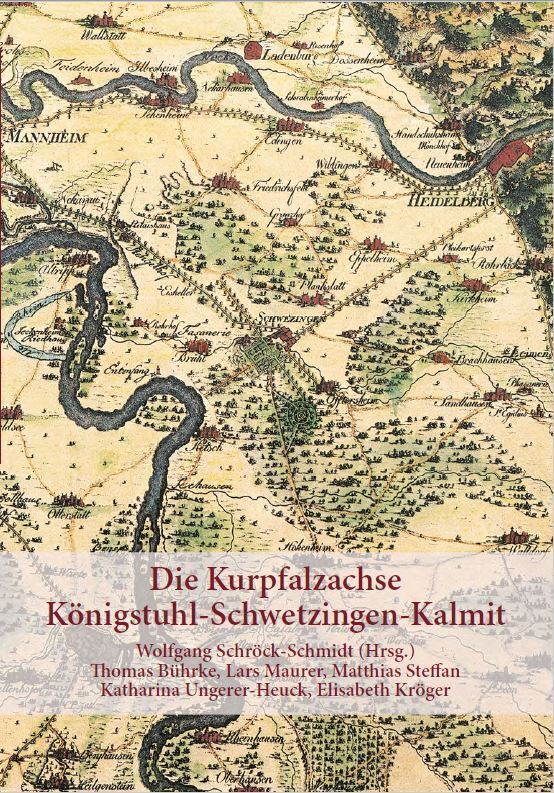96,10 €*
Versandkostenfrei per Post / DHL
Lieferzeit 2-3 Wochen
Gives bioarchaeological insight into social control and violence in complex societies
Compares Chaco Canyon to research findings at other archaeological sites that appeared to have served as centers for large regional complexes
Illustrates how violence in the form of social control is often used as a means of establishing and maintaining peaceful relations in complex societies
Includes supplementary material: [...]
| Erscheinungsjahr: | 2017 |
|---|---|
| Genre: | Geschichte |
| Jahrhundert: | Altertum |
| Rubrik: | Geisteswissenschaften |
| Medium: | Buch |
| Seiten: | 192 |
| Reihe: | Bioarchaeology and Social Theory |
| Inhalt: |
xix
172 S. 8 s/w Illustr. 5 farbige Illustr. 172 p. 13 illus. 5 illus. in color. |
| ISBN-13: | 9783319595153 |
| ISBN-10: | 3319595156 |
| Sprache: | Englisch |
| Herstellernummer: | 978-3-319-59515-3 |
| Ausstattung / Beilage: | HC runder Rücken kaschiert |
| Einband: | Gebunden |
| Autor: | Harrod, Ryan P. |
| Auflage: | 1st ed. 2017 |
| Hersteller: |
Springer International Publishing
Springer International Publishing AG Bioarchaeology and Social Theory |
| Maße: | 241 x 160 x 17 mm |
| Von/Mit: | Ryan P. Harrod |
| Erscheinungsdatum: | 28.09.2017 |
| Gewicht: | 0,459 kg |
Gives bioarchaeological insight into social control and violence in complex societies
Compares Chaco Canyon to research findings at other archaeological sites that appeared to have served as centers for large regional complexes
Illustrates how violence in the form of social control is often used as a means of establishing and maintaining peaceful relations in complex societies
Includes supplementary material: [...]
| Erscheinungsjahr: | 2017 |
|---|---|
| Genre: | Geschichte |
| Jahrhundert: | Altertum |
| Rubrik: | Geisteswissenschaften |
| Medium: | Buch |
| Seiten: | 192 |
| Reihe: | Bioarchaeology and Social Theory |
| Inhalt: |
xix
172 S. 8 s/w Illustr. 5 farbige Illustr. 172 p. 13 illus. 5 illus. in color. |
| ISBN-13: | 9783319595153 |
| ISBN-10: | 3319595156 |
| Sprache: | Englisch |
| Herstellernummer: | 978-3-319-59515-3 |
| Ausstattung / Beilage: | HC runder Rücken kaschiert |
| Einband: | Gebunden |
| Autor: | Harrod, Ryan P. |
| Auflage: | 1st ed. 2017 |
| Hersteller: |
Springer International Publishing
Springer International Publishing AG Bioarchaeology and Social Theory |
| Maße: | 241 x 160 x 17 mm |
| Von/Mit: | Ryan P. Harrod |
| Erscheinungsdatum: | 28.09.2017 |
| Gewicht: | 0,459 kg |

